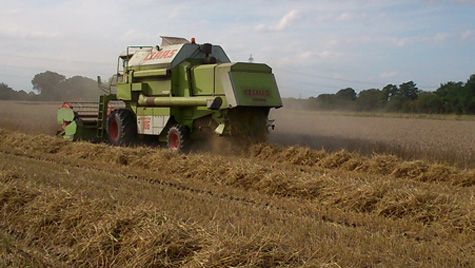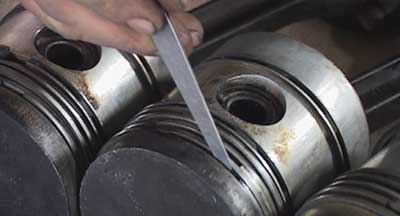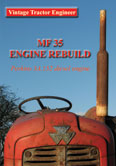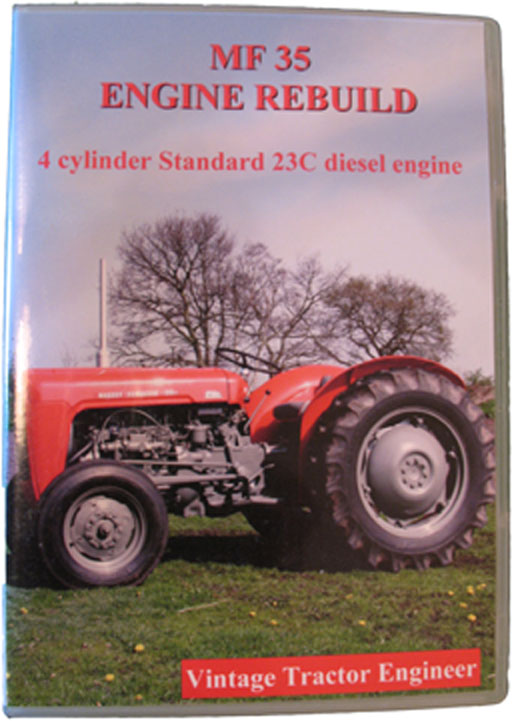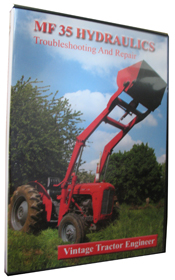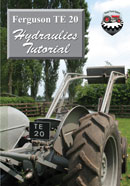Want to check out our tractor maintenance videos? Click here to see what we've got!
It’s been three months since we’ve posted any tractor maintenance articles here on the website. We’ve been very busy over that period with harvest and cultivations on our farm.
All the sowing has now been completed so we now have a bit more time on our hands to share some tractor photos and information.
I wanted to start by saying a big hello to any new subscribers who have just joined us (over 400 new email subscribers since mid June). We’ve now got over 2,600 tractor enthusiasts who receive our articles, ask us some questions, send in photos of their tractors and join in with the conversations. We hope you all enjoy what we do here at Vintage Tractor Engineer and get some good information from the existing articles on the website and the newly published information.
I’ll leave you with a photo of our harvesting and a short video clip of the combine our autumn ploughing with the MF8220 (the vidoes may not load in the email, so hop over to the website if you want to view them). The 1985 Claas 106 has worked over 5,000 hours now and is still going strong. It was bringing in about 4 acres per hour in a 3 tonne per acre wheat crop. The wheat yields were down on our farm this year, as there was high disease pressure from Septoria and Yellow Rust.
Many farms growing winter cereal rotations are getting grassweed problems in the UK, as certain herbicides have been de-listed and resistance to the remaining herbicides is becoming a problem. Good ploughing is therefore an essential tool in the battle against the grassweeds. It is always a compromise between workrate and burrying the weed seeds. In the video of the ploughing I have tried to show the difference in stubble burial between operating at 5km/hour and 4.5km/hour. The tractor would probably have the power to pull the plough at 5.7km/hour in this field, faster in some lighter soils and slower in heavy soils. It is important to match the size of the plough to the size of the tractor, but obvoiusly that isn’t always possible due to different soil conditions. Ploughs with longer bodies than this one can help maintain workrate, yet facilitate good inversion and trash burial.
The 8220 ploughing…
Cutting the wheat…

